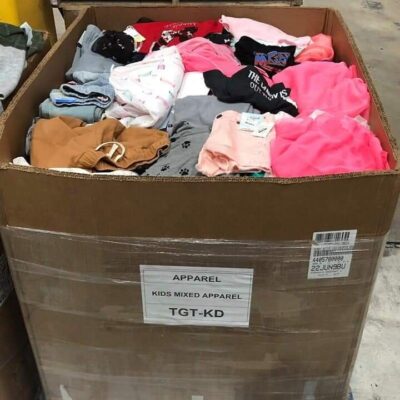YOUR CART
- No products in the cart.
Subtotal:
$0.00
BEST SELLING PRODUCTS
$250.00 $400.00
$450.00 $650.00
$1,500.00 $2,000.00
$300.00 $550.00
$100.00 $150.00




















